On her rise from one-time chicken pot pie seller to Sequoia’s chief risk o cer, Kristen Peed learned a lot about opportunity, strategy and communicating. As RIMS president and director, she is passionate about using these to guide the next generation.
“My risk story starts with chicken pot pie,” says Kristen Peed, the recently promoted chief risk officer at Sequoia and president and director of RIMS.
This is her personal story of how she ‘fell into risk management’, as so many senior people in the industry have, and it all began when she was working in a large regional bank in North Carolina, US.
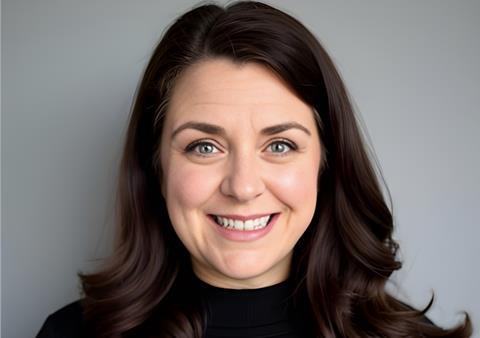
She says: “I had the opportunity to sit at the front desk and answer the phones one day a week as part of my overall job duties. The CEO for a very large global brokerage would come in and I’d always make a point to speak to him.”
One day, the CEO asked if she could help his wife sell chicken pot pies in the building, and she readily agreed.
Peed adds: “I forgot to ask a couple of really important questions, like how many chicken pot pies… and so I came to find out I had oversold them and they had to go back and make more. But the point was the CEO looked at me and looked at my boss and said: ‘We need to get her in sales’.”
“No job is too small to do very, very well”
From there, Peed moved into insurance sales, before eventually transitioning to risk. But she says that the lessons from the chicken pot pie episode never left her, and it’s something she tries to apply in her current role, as well as pass on to the future generation of risk managers.
“I mentor a lot of young, early professionals. And what I try to pass on from that story is that you never know where that next opportunity will come from. And no job is too small to do very, very well. I’ve taken that mantra into any risk position I had and made that part of my DNA.”
YOUR RISK RESOURCE
In 2010, Peed le¦ North Carolina – and the insurance sales job – to move to Cleveland, which is where she was introduced to RIMS.
She was working for a smaller broker firm, but had been placed with a publicly traded client as a risk analyst to assist the director of risk management. This involved going to local RIMS chapter meetings.
She says: “That’s really where I started to learn so much about this amazing risk community, and how I could reach out and use that as a resource. Which I did when I took on my next role as risk manager and then director of risk management, then head of corporate risk and now chief risk officer.
“RIMS has been there every step of the way providing me with that network, the education and the resources that I need to get my job done efficiently and effectively.”
“C-level executives and the executive leadership teams are now looking to risk management as being that strategic differentiator for their company”
On her chief risk role at Sequoia, she says that rising to that C-suite level means a lot more eyes on you, and a lot more responsibility, but also changes the way you think about risk.
She explains: “With the evolution of the risk manager into chief risk officer, you go from being more transactional and procurement-minded – such as when you’re buying an insurance policy – to a more strategic position.
“You’re now asking: ‘Is this insurance policy the best use of our funds, or is there a different way to transfer this risk? Could we look at contractual transfer to another party or an alternative risk financing opportunity like a captive?’”
“C-level executives and the executive leadership teams are now looking to risk management as being that strategic differentiator for their company, helping them to identify opportunities that can drive growth and revenue.”
GETTING CREATIVE
Alongside this growth in responsibility, Peed is also facing what she calls a “brand new day in risk”, characterised by rapidly emerging threats and accelerated innovation.
She says: “There are new risks coming out every day… and we’ve seen an advent of a whole lot of new products that can help protect our companies. We’ve also seen tremendous growth in the captive arena.”
Reflecting on the explosion of the alternative risk transfer market, which has led to a new, dedicated track at the RiskWorld conference this year, Peed suggests that the growth in its popularity is largely down to risk professionals becoming more sophisticated buyers.
“When you are reliant on the commercial insurance market, you are subject to its whims… and the inflation and deflation of the pricing. By looking at a captive, you take control of your own destiny. You start to turn the conversation to yourself and how can you utilise your own capital to mitigate your losses.
“It becomes a long-term strategy rather than a reactionary strategy to a potential hard market,” she says.
She adds that another key benefit of innovative solutions like parametrics and captives is that they can offer solutions to problems that the insurance market has not yet solved. This in turn helps risk professionals show value over the long-term to executive leadership.
WHAT TOMORROW BRINGS
Looking ahead, she highlights AI as something that will have a significant impact on the risk management profession. This, she argues, will be two-sided.
The first side is as a positive opportunity – to help with finite resources that constrain most risk teams. The second is the creation of new risks.
She says: “How do we make sure that our companies aren’t jumping on that bandwagon too quickly? I also anticipate that we may see more language come out about the use of AI, especially with E&O policies or cyber policies.
“However, I do think it can really help our CISOs and IT departments become more secure. And while the impersonation tools do concern me, I think that you have to look at AI with an open heart and mind. We must embrace it and try to figure out how to make it better as we move forward.”
As the risk landscape continues to evolve, Peed says that risk managers will also need to develop new skills. One she thinks is critical is financial and accounting know-how and the ability to read financial statements. Another is the ability to work more collaboratively across functions.
“Something you really need is soft skills.”
She says: “The risk manager is either the quarterback or the coach. They should know all the plays of everybody in the company and be able to translate it between departments.
“Something you really need is soft skills. Understanding how to communicate effectively with executives is very different to communicating with your products team in India, for example. There’s a different cadence.
“Understanding how to get people to open up and tell you their problems or their obstacles, so you can start to look at the company’s risk in a holistic manner and pull it all together, is one of the biggest things.”
Peed believes working with the HR department is critically important, and a great way to demonstrate that you can add value. She explains: “This is one of the areas that risk managers can start to demonstrate value very quickly for their company.
“For example, if you’re a self-funded medical stop loss, you can look at opportunities in a captive to help drive down costs and drive profitability. But you can’t do that unless you have a great open relationship with your HR department.”
FIND YOUR MENTOR MATCH
For risk managers who are looking to develop some of these skills further, or even if they are just starting out in their career, Peed is enthusiastic about the benefits of mentorship programmes, such as those arranged by RIMS.
She says: “We now have mentor match at RIMS. This enables somebody in a senior level position like myself to be matched with somebody who might be at an earlier stage in their career. This is then a great way to give them the resources they might need to get them to the next step.”
She concludes by urging the risk management industry to do a better job of marketing itself, particularly to university graduates.
“This industry is really made for this generation, which is so altruistic and really wants to give back and wants to help. That is what risk management does – it’s intrinsic in our very jobs to solve problems and help people be successful. We just need to do a better job messaging this.”

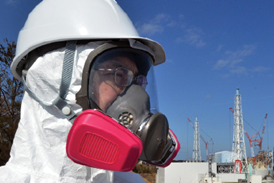




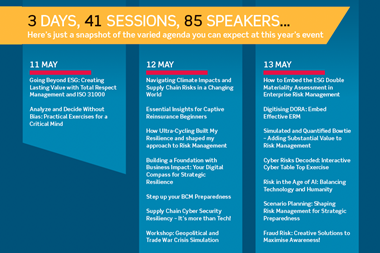


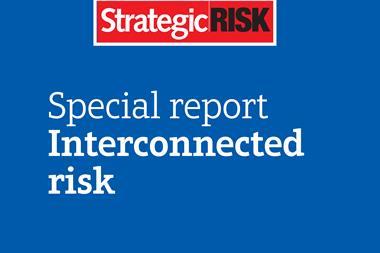


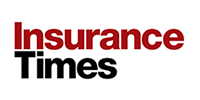

No comments yet